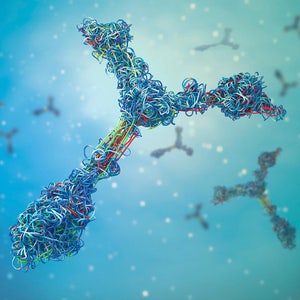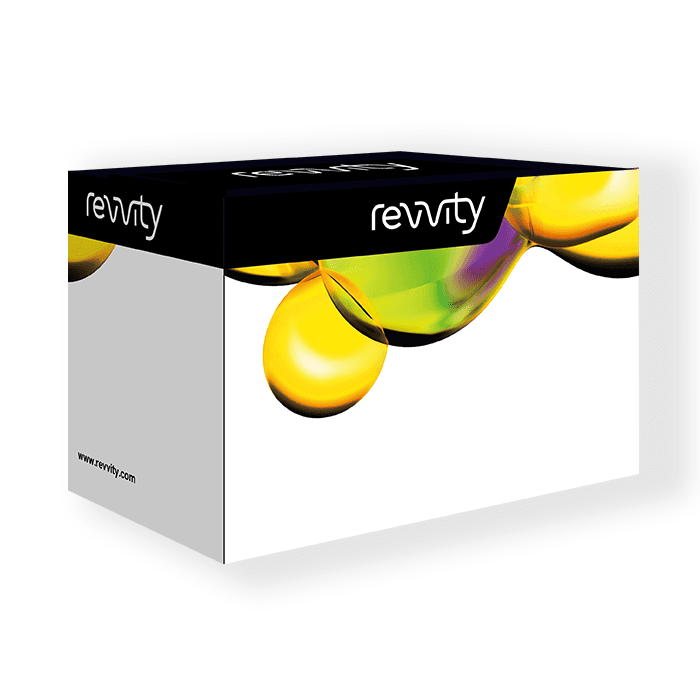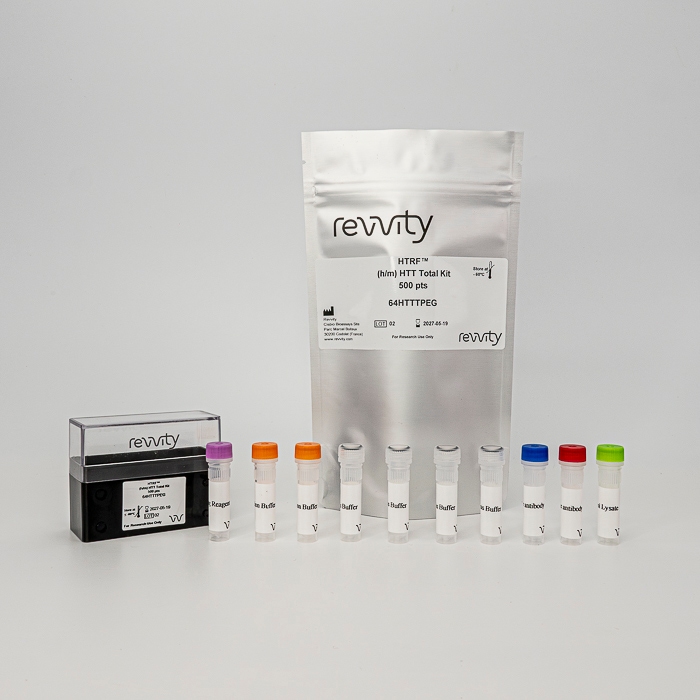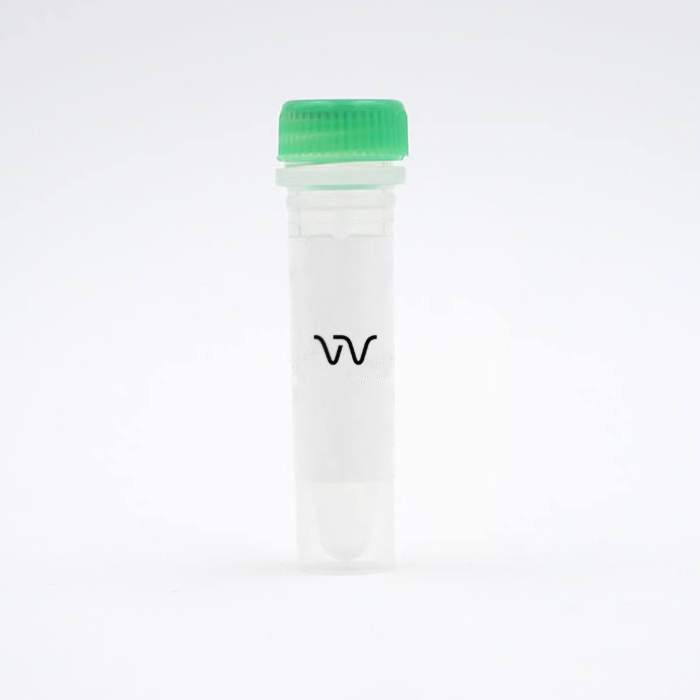

HTRF Human and Mouse Mutant HTT Detection Kit, 10,000 Assay Points
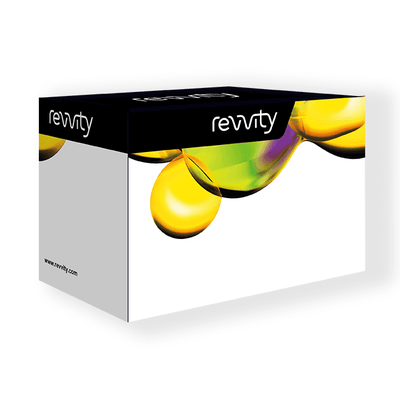

HTRF Human and Mouse Mutant HTT Detection Kit, 10,000 Assay Points
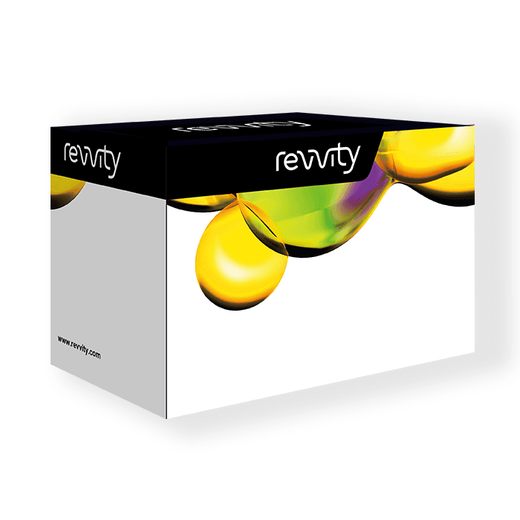


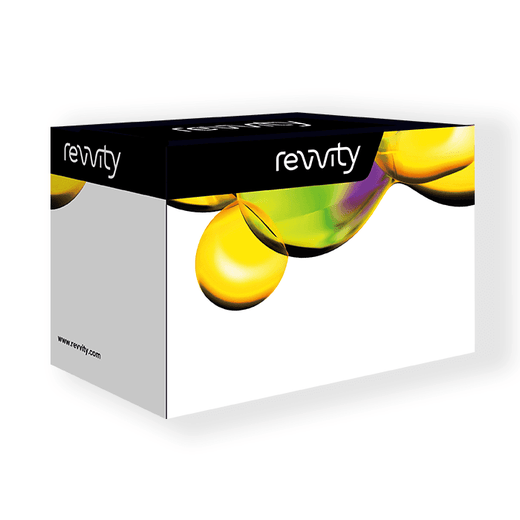


The HTRF Mutant Huntingtin kit is designed for the simple and rapid quantification of all soluble forms of mutant HTT protein in cell/tissue lysates.
| Feature | Specification |
|---|---|
| Application | Protein Quantification |
| Sample Volume | 10 µL |
The HTRF Mutant Huntingtin kit is designed for the simple and rapid quantification of all soluble forms of mutant HTT protein in cell/tissue lysates.



HTRF Human and Mouse Mutant HTT Detection Kit, 10,000 Assay Points



HTRF Human and Mouse Mutant HTT Detection Kit, 10,000 Assay Points



Product information
Overview
Huntingtin (HTT) is a cytoplasmic protein which is highly expressed in the brain, and whose anti-apoptotic role is critical for neuronal survival.
The wild-type (WT) protein has a functional structure, with a "normal" polyglutamine (polyQ) domain containing less than 36Q. The mutant HTT protein harbors an abnormally long polyQ tract (> 36Q) which causes the aggregation of the no longer functional protein. HTT aggregation leads to the selective neuronal cell death responsible for Huntington's Disease.
Specifications
| Application |
Protein Quantification
|
|---|---|
| Automation Compatible |
Yes
|
| Brand |
HTRF
|
| Detection Modality |
HTRF
|
| Lysis Buffer Compatibility |
Lysis Buffer 2
Lysis Buffer 3
|
| Product Group |
Kit
|
| Sample Volume |
10 µL
|
| Shipping Conditions |
Shipped in Dry Ice
|
| Target Class |
Biomarkers
|
| Target Species |
Human
Mouse
|
| Technology |
TR-FRET
|
| Therapeutic Area |
Neuroscience
|
| Unit Size |
10,000 assay points
|
Video gallery

HTRF Human and Mouse Mutant HTT Detection Kit, 10,000 Assay Points

HTRF Human and Mouse Mutant HTT Detection Kit, 10,000 Assay Points

How it works
Mutant HTT assay principle
The Mutant HTT assay is based on a TR-FRET sandwich immunoassay involving two specific antibodies, one labelled with Tb3+ cryptate (donor) and the other with d2 (acceptor). One antibody is directed against the N-terminal part of the protein, and the second recognizes specifically the mutant polyQ domain. Both antibodies bind to soluble Mutant HTT, and the donor-acceptor proximity enables a fluorescent TR-FRET signal. The intensity of the signal is directly proportional to the concentration of soluble Mutant HTT present in the sample (cell lysate or tissue lysate).

Mutant HTT assay protocol
The Mutant HTT assay can be run in a 96- or 384-well low volume white detection plate (20 µL final). As described here, samples (cell/tissue lysates) or standards are dispensed directly into the assay plate for detection of Mutant HTT by HTRF® reagents. The antibodies labelled with HTRF fluorophores may be pre-mixed and added in a single dispensing step. No washing steps are needed. The protocol can be further miniaturized or upscaled by simply resizing each addition volume proportionally.

Assay details
Technical specifications of the Mutant HTT kit
| Sample size | 10 µL |
|---|---|
| Final assay volume | 20 µL |
| Time to results | Overnight at RT |
| Kit components | Frozen detection antibodies, buffers & protocol |
| LOD & LOQ (in Lysis Buffer #2) | 1.7 ng/mL & 5.5 ng/mL |
| Assay range | 5.5 - 500 ng/mL |
| Species cross-reactivity | Human, mouse, & rat |
| Assay specificity | Soluble Mutant HTT forms |
Analytical performance
Mutant HTT standard curve
The recombinant proteins WT mouse HTT-Q7 (Coriell Institute, #CH02324), mutant human HTT-Q48 (Coriell Institute, #CH02580) and mutant human HTT-Q73 (Coriell Institute, #CH02581) were purchased separately. They were serially diluted in lysis buffer #2 (1X), following the procedure given in the kit’s package insert. The HTRF signal, expressed as a delta ratio, was plotted as a function of the HTT concentrations tested.
As expected, the Mutant HTT assay is able to measure mutant HTT proteins containing different sizes of polyQ (48Q & 73Q tested here), while it does not recognize the WT form of the protein.

Mutant HTT assay precision
Intra-assay (n=24)
| Sample | [Mutant human HTT-Q73] (ng/mL) | CV |
|---|---|---|
| 1 | 15.6 | 7% |
| 2 | 62.5 | 5% |
| 3 | 250 |
6% |
| Mean CV | 6% |
The 3 samples correspond to 3 different concentrations (low, medium, and high) of recombinant mutant human HTT-Q73 protein diluted in lysis buffer #2 (1X). Each of the 3 samples was measured 24 times, and the % CV was calculated for each sample.
Inter-assay (n=3)
| Sample | [Mutant human HTT-Q73] (ng/mL) | CV |
|---|---|---|
| 1 | 15.6 | 8% |
| 2 | 62.5 | 3% |
| 3 | 250 |
2% |
| Mean CV | 4.3% |
The 3 samples correspond to 3 different concentrations (low, medium, and high) of recombinant mutant human HTT-Q73 protein diluted in lysis buffer #2 (1X). Each of the 3 samples was measured in 3 different experiments, and the % CV was calculated for each sample.
Assay validation
Analysis of brain tissue samples collected from WT and mutant HTT mouse models
The HTRF Mutant HTT assay was validated on brain tissues collected from premanifest zQ175 mice and wild-type (WT) littermates, the most extensively studied preclinical knock-in mouse model used for Huntington’s Disease (Landles C. et al, Brain Commun. 2021; 3(1):fcaa231). The cortex and cerebellum tissues of three WT mice (#1, #2 & #3) and three mutant zQ175 mice (#4, #5 & #6) were lysed following the procedure given in the kit’s package insert. Briefly, a 5% (w/v) tissue homogenate was prepared using ice-cold 1X lysis buffer #2 supplemented with protease inhibitors, and the insoluble fraction of the lysate containing putative mutant HTT aggregates was removed by centrifugation. The supernatants containing soluble HTT proteins were analysed using the HTRF Mutant HTT assay and the HTRF Total HTT assay (Cat# 64HTTTPEG/H). To check that the protein extraction was similar for each sample, the level of the housekeeping protein GAPDH was also measured using the HTRF GAPDH assay (Cat# 64GAPDHPEG/H). To ensure that the detected analyte was assessed at a concentration compatible with the assay’s linear range, the lysates were pre-diluted in 1X lysis buffer #2 supplemented with protease inhibitors just before detection (1/8 for Mutant HTT assay, 1/4 for Total HTT assay, and 1/100 for GAPDH assay).
The levels of GAPDH were similar for all samples (green bars), demonstrating that the tissue lysates contained comparable total protein contents. As expected, no signal was obtained with the Mutant HTT assay on samples collected from WT mice, whereas the soluble mutant protein was clearly detected in cortex and cerebellum tissues collected from premanifest zQ175 mice (blue bars). Finally, the soluble total HTT protein (WT and mutant forms) was measured in all lysates (red bars), and its levels correlate well with the small variations observed for the Mutant HTT protein levels.


Side-by-side comparison of HTRF and Western Blot for the analysis of Mutant and Total HTT in brain tissues
A side-by-side comparison of HTRF Mutant & Total HTT assays and the Western Blot technique was performed on several brain tissues (cortex, hippocampus, and cerebellum) collected from one WT mouse and one premanifest zQ175 mouse. Tissue lysates were prepared as described in the previous section and the supernatants containing soluble HTT proteins were analysed, either by HTRF using the HTRF Mutant & Total HTT assays, or by Western Blot. To ensure that the detected analyte was assessed at a concentration compatible with the assay’s linear range for each detection method, the lysates were pre-diluted in 1X lysis buffer #2 supplemented with protease inhibitors just before detection (for HTRF: 1/8 for Mutant HTT assay and 1/4 for Total HTT assay; for Western Blot: 1/20 for both assays).
The results obtained using HTRF Mutant & Total HTT assays are comparable with those obtained by Western Blot. With both methods, no soluble mutant HTT was detected in brain tissues collected from WT mice, whereas the protein was properly measured in all samples collected from premanifest zQ175 mice. As expected, the soluble total HTT protein (WT and mutant forms) was measured in all lysates, and its levels correlate well with the differences observed on the Mutant HTT levels for the three different brain tissues.

Resources
Are you looking for resources, click on the resource type to explore further.
This guide provides you an overview of HTRF applications in several therapeutic areas.
SDS, COAs, Manuals and more
Are you looking for technical documents related to the product? We have categorized them in dedicated sections below. Explore now.
- LanguageEnglishCountryUnited States
- LanguageFrenchCountryFrance
- LanguageGermanCountryGermany
- Lot Number03BLot DateApril 20, 2026
- Lot Number02ALot DateNovember 28, 2025
- Resource TypeManualLanguageEnglishCountry-


How can we help you?
We are here to answer your questions.








